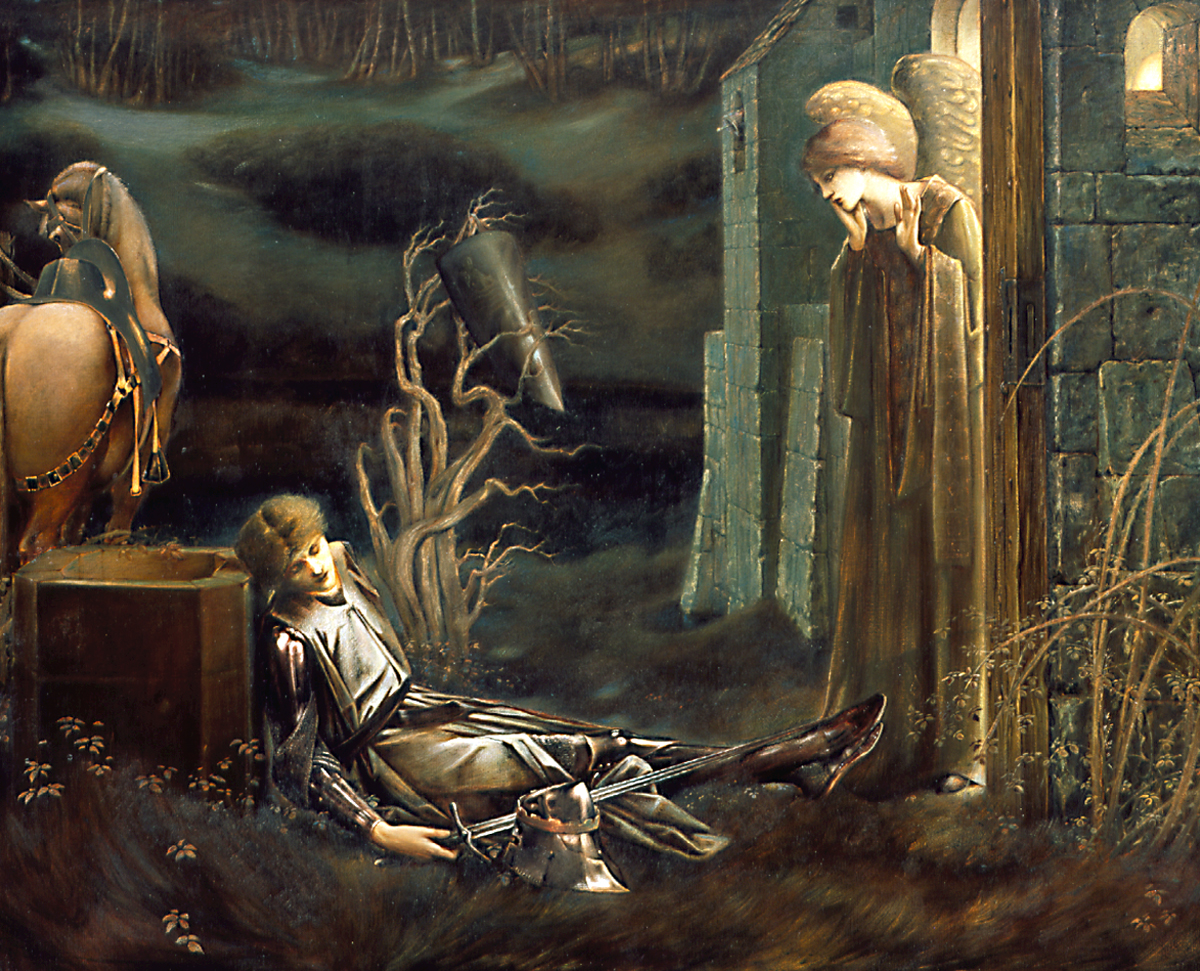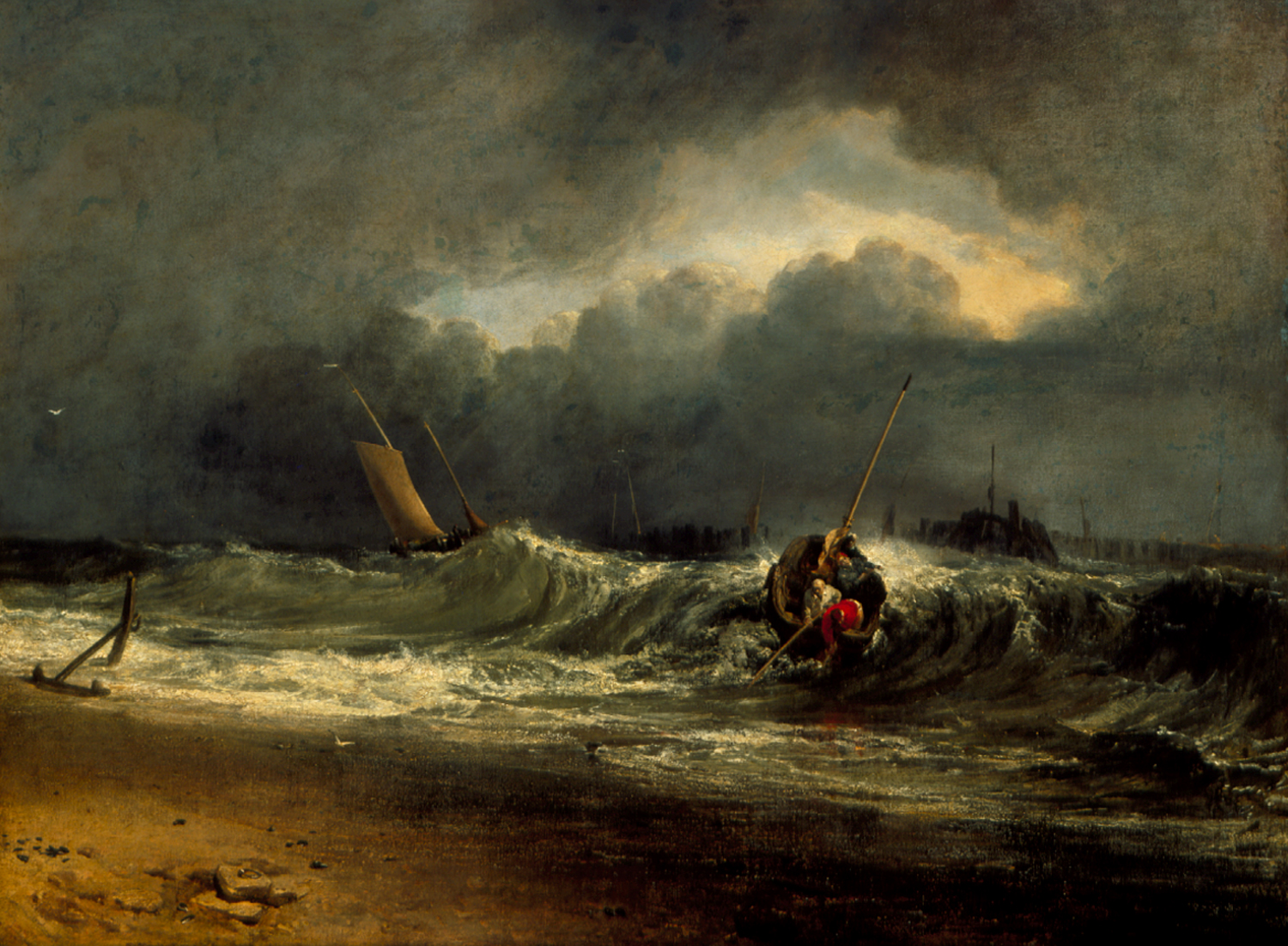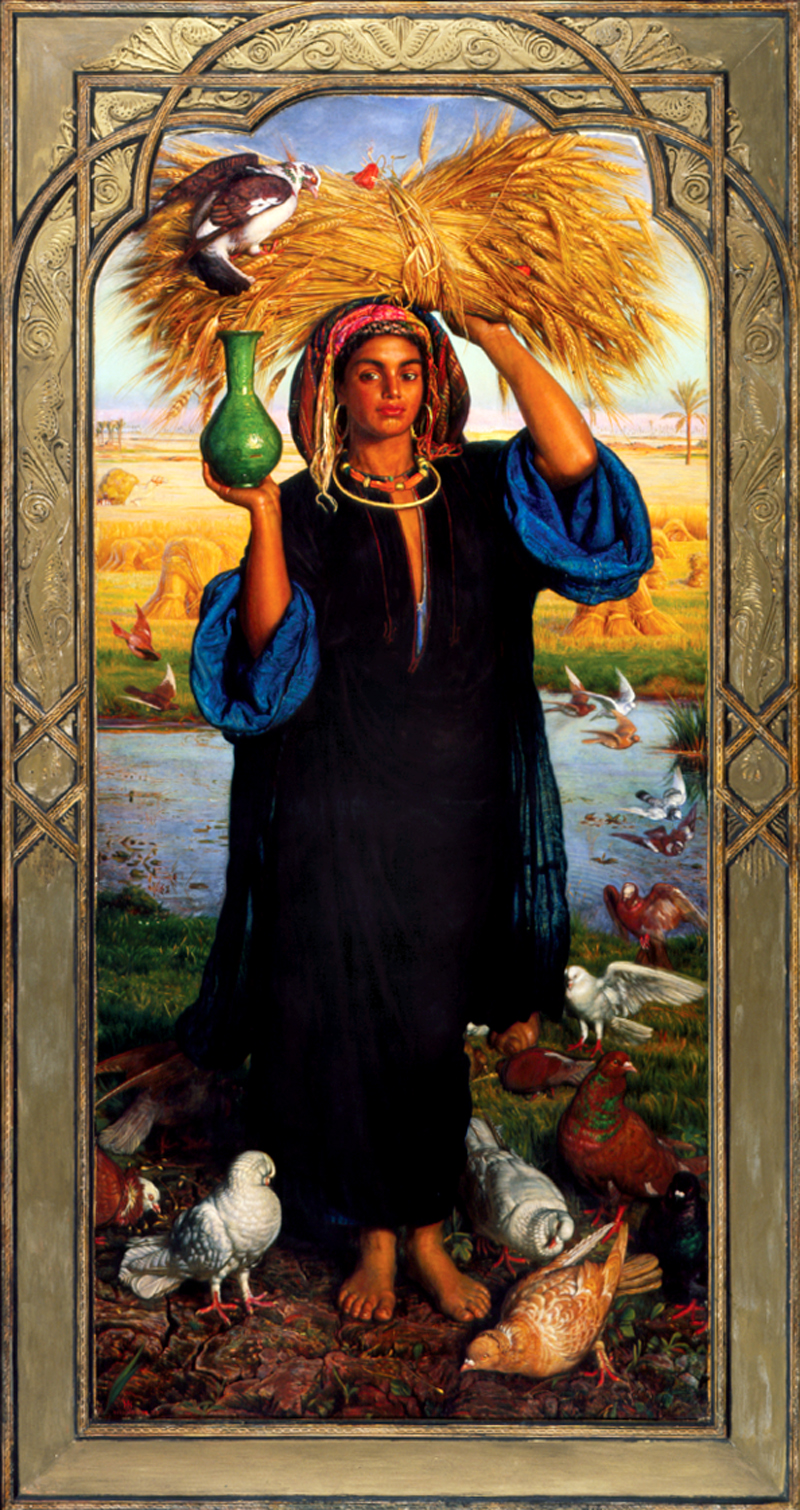Sino-Sikh War
In the 18th to 19th centuries, the
Sikh Confederacy of the
Punjab region in India was expanding into neighbouring lands. It had annexed
Ladakh into the state of
Jammu in 1834. In 1841, they invaded
Tibet
with an army and overran parts of western Tibet.
Chinese forces
defeated the Sikh army in December 1841, forcing the Sikh army to
withdraw from Tibet, and in turn entered Ladakh and besieged
Leh,
where they were in turn defeated by the Sikh Army.

 At this point,
neither side wished to continue the conflict, as the Sikhs were
embroiled in tensions with the British that would lead up to the First Anglo-Sikh War,
while the Chinese was in the midst of the First Opium War with the British East India Company.
At this point,
neither side wished to continue the conflict, as the Sikhs were
embroiled in tensions with the British that would lead up to the First Anglo-Sikh War,
while the Chinese was in the midst of the First Opium War with the British East India Company.
The Chinese and the Sikhs signed a treaty in September 1842, which
stipulated no transgressions or interference in the other country's
frontiers
The McMahon Line is clearly shown as India’s boundary in the east. But
for the entire western sector, right from the Sino-Indo-Afghan
trijunction to the Sino-Indo-Nepalese trijunction, the legend reads:
‘Boundary Undefined’.


Britain as the preeminent power wanted to encroach upon Chinese
territory, and every few years expanded the definition of “India”. First
they took over Leh and Ladakh, then they defined the McMohan Line. But
that did not satiate their appetite. They then took over Aksai Chin–but
never exercised control over it—the Chinese a weak and weakened power
were powerless to halt the march of the British..
.
The British defeated the Sikhs in 1846 and took over sovereignty over
Ladakh. The British commissioners and the Chinese officials were
apparently sufficiently satisfied that a traditional border was
recognized and defined by natural delements, and the border was not
demarcated. The boundaries at the two extremities,
Pangong Lake and Karakoram Pass, were well-defined, but the Aksai Chin area in between lay undefined.
The Second Opium War from 1856 to 1860 and China lost it too forcing
China to import Opium into China. At the same time other stuff was
happening on the Western front
W. H. Johnson, a civil servant with the Survey of India proposed the “
Johnson Line”
in 1865, which put Aksai Chin in Kashmir. This was the time of the
Dungan revolt, when China did not control Turkestan, so this line was
never presented to the Chinese. Johnson presented this line to the
Maharaja of Kashmir, who then claimed the 18,000 square kilometres
contained within,, and by some accounts territory further north as
far as the Sanju Pass in the
Kun Lun Mountains.
The
British government
had some doubts on the validity of the Johnson Line[Calvin, James
Barnard (April 1984). "The China-India Border War". Marine Corps Command
and Staff College. Retrieved 2006-06-14.] and Johnson was censured
That would have been the end of it–but other events happened
.
In 1878 the Chinese had reconquered Turkestan, and by 1890 they
already had Shahidulla before the issue was decided(Mohan Guruswamy,
Mohan,. By 1892,
China had erected boundary markets at Karakoram Pass (Calvin, James
Barnard (April 1984). “
By 1865 Yakub Beg, the Commander-in-Chief of the army of Kokand too advantage of the
Hui uprising
in Xinjiang Province, and captured Kashgar and Yarkand from the Chinese
and gradually took control of most of the region of Eastern Turkestan,
including Khotan, Aksu, Kucha, and other cities in 1867. After Begs
death his state of Kashgaria rapidly fell apart, and Kashgar was
reconquered by the Qing Dynasty.



























































































![Egypt: An illustration by Edward W. Lane (1801-1876) depicting a backstreet of Cairo. A noble man stands in front of a copperware shop while a soldier of Mohammed Ali’s army questions two women. Edward William Lane (1801-1876) was a British Orientalist, translator and Arabic scholar who lived in Ottoman Cairo from 1825-28. So fascinated was he with Egypt, he dressed as an Ottoman Turk and spent much time sketching the backstreets of Cairo. Upon his return to England he translated the novel ‘Arabian Nights’ [‘1001 nights’] and ‘Selections from the Qur’an’. Stock Photo Egypt: An illustration by Edward W. Lane (1801-1876) depicting a backstreet of Cairo. A noble man stands in front of a copperware shop while a soldier of Mohammed Ali’s army questions two women. Edward William Lane (1801-1876) was a British Orientalist, translator and Arabic scholar who lived in Ottoman Cairo from 1825-28. So fascinated was he with Egypt, he dressed as an Ottoman Turk and spent much time sketching the backstreets of Cairo. Upon his return to England he translated the novel ‘Arabian Nights’ [‘1001 nights’] and ‘Selections from the Qur’an’. Stock Photo](https://c7.alamy.com/zooms/9/875ef1423f2d473892aff31e133e2d3a/2b00wx8.jpg)











